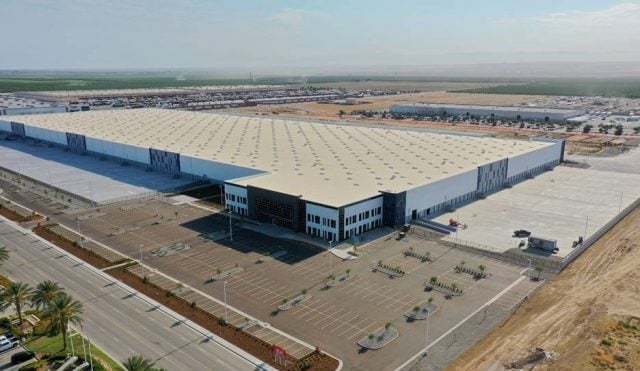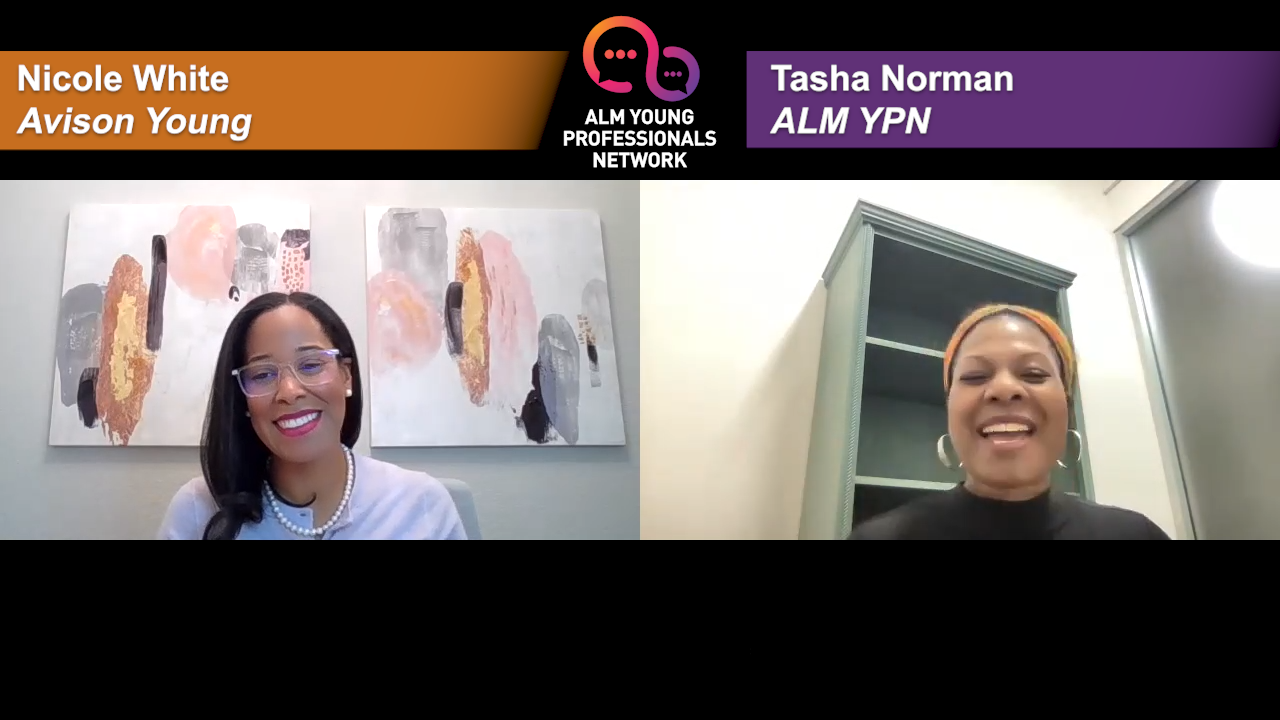SAN DIEGO—Central San Diego's industrial vacancy rate is below where it was at the market's peak in 2006, and there's no more land to build, DTZ's managing director Bryce Aberg tells GlobeSt.com. Vacancy rates for commercial and industrial space in the county have dropped significantly, and the firm believes this is only going to continue for at least the next 18 months. We spoke with Aberg about the shrinking San Diego industrial vacancy rates and the trends he sees emerging from this data.
GlobeSt.com: What trends do you see emerging from the ever-shrinking San Diego industrial vacancy rates?
Aberg: San Diego County vacancy dropped to 5.2% in Q1, 2015, approaching the historic low of 4.4% vacancy back in 2006. We're not at peak lows yet, but we're heading in that direction. We recently completed our 2015-2016 forecast, which looked at the last 40 quarters and correlated vacancy to averaging asking rents. In Q1 2015, Central San Diego vacancy was below historic low levels at 4.1%. By 2016, we're forecasting vacancy to be near 3.5%. Yet asking rents are still 10% to 15% below peak rents … suggesting plenty of room for rent growth in the near term. Part of the problem is the lack of developable land—San Diego has well-defined borders by the mountains to the east, the ocean to the west, Mexico to the south and Camp Pendleton to the north, creating a land-constrained market. The lack of inventory has also pushed sales prices up and also major cap-rate compression on industrial sales
We're in the 6th inning of the industrial market recovery….and expect this positive momentum to continue for at least 36 more months.
GlobeSt.com: What are tenants doing to secure the space they need, and how is this affecting the market?
Aberg: Tenants are realizing that we're in a landlord's market. It's changed significantly from 2011/2012. If I'm a tenant, I'm trying to lock in my lease for long term because of the upward pressure on rents. Asking rents will be rising 10% to 15% just to get back to equilibrium. Tenants with large blocks of space are securing their leases for the long term. There's no question if I have a lease rolling in the next 12 to 36 months, I'm trying to lock in those rates now.
GlobeSt.com: How are landlords responding to the tight vacancies?
Aberg: We are starting to see rents rise. They've risen over 15% from where they were at their low in 2011. Normal annual increases built into leases are between 3% and 4%, but with space coming available, landlords are predicting a 10% premium from where they were a year ago.
GlobeSt.com: What else should our readers take away from this data?
Aberg: Tenants know rates are on the rise, and large industrial blocks of space are few and far between. Landlords are in a very good position. If you're a landlord controlling industrial product, you'll be in the driver's seat for at least 36 months.
Want to continue reading?
Become a Free ALM Digital Reader.
Once you are an ALM Digital Member, you’ll receive:
- Breaking commercial real estate news and analysis, on-site and via our newsletters and custom alerts
- Educational webcasts, white papers, and ebooks from industry thought leaders
- Critical coverage of the property casualty insurance and financial advisory markets on our other ALM sites, PropertyCasualty360 and ThinkAdvisor
Already have an account? Sign In Now
*May exclude premium content© 2025 ALM Global, LLC, All Rights Reserved. Request academic re-use from www.copyright.com. All other uses, submit a request to [email protected]. For more information visit Asset & Logo Licensing.








